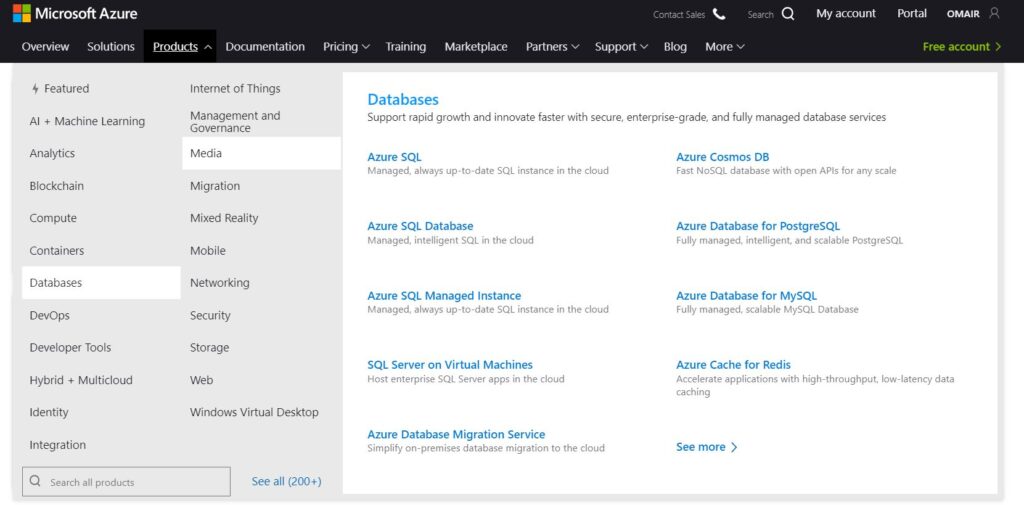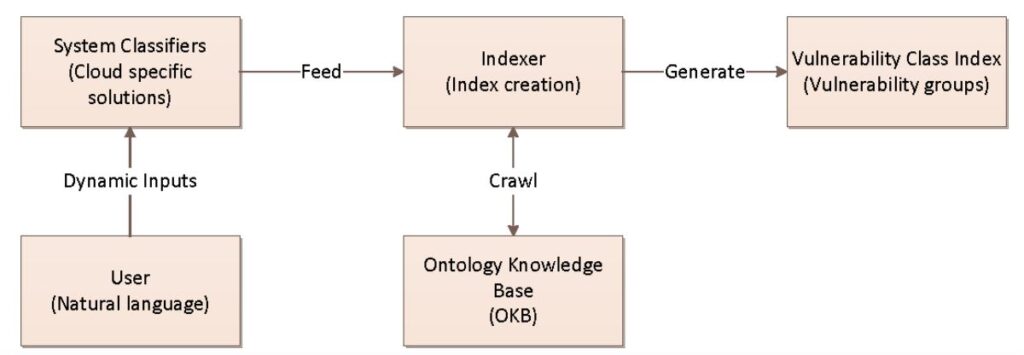As we know that the Cloud infrastructure is so much in demand now a days. The phenomenon of migrating to the cloud is here to stay due to the obvios reasons. But amid all this migration happening, how vulnerable are we? Let’s have a look by asking the first simple question…. What is cloud vulnerability?
Vulnerability is an essential element of risk. Vulnerability is an expectation that an agent will not be able to withstand the activity of a threat force. Vulnerability survives when there is a contrast between the power enforced by the threat representative and a device’s capability to hold that power.
So, vulnerability should always be explained in an expression of the struggle to a specific kind of strike. Computer vulnerability can be described as safety-related bugs that you shut down with the seller’s patches to weaken or remove a particular power of struggle.
From the perspective of cloud users, managing with the expected amplitude of future boss is not affected by cloud computing; the outcomes and ultimate price of a privacy violation are the same whether the breach of information happened in the cloud or regular IT substructure.

What are the characteristics of cloud vulnerability?
Following are the characteristics that show cloud vulnerability.
1. On-demand self-service:
Buyers can order and control facilities without the help of an individual providing services, for example, administrative connections or web portals. Arranging and rearranging of facilities occur automatically at the provider.
2. Ubiquitous network access:
Cloud services are run or performed via the Internet, applying specific treaties and mechanisms.
3. Resource pooling:
Computing assets are used to supply the cloud services that are divided between all facility customers.
4. Rapid elasticity:
Assets can ascend and descend, i.e., go up and down quickly and flexibly.
5. Measured service:
Resources or facility utilization is continuously measured, utilization details given to the buyers, and pay cash work style.
After understanding the first question, let’s answer the next question that is….. What are Cloud Computing security vulnerabilities, and how to reduce them?
1. Misconfigured cloud storage:
Cloud storage or storehouse is an easy origin of hijacked facts for hackers. Despite high stakes, companies carry on to make the error of incorrect configuration of cloud storage which has caused many companies significantly.
Companies face numerous types of cloud misconfiguration. Some misconfigurations include:
- AWS security group misconfiguration.
- Lack of access restrictions.
Prevention:
When it comes to cloud determining, it’s always the best idea to double-check or go through the cloud storehouse security configuration setting upon the cloud server. Many people think that it is a common point to double-check it. However, it can get missed while performing other actions such as transferring details into the cloud without thinking about its safety or taking precautionary measures.
You can also utilize skilled tools to examine cloud storage security configuration. These Cloud Security tools help you explore security configuration position on a planned and recognize risk before it’s too late.
2. Insecure APIs:
Application user interface APIs are planned for a modernized cloud computing process. Yet, it is left vulnerable, as APIs open Gate or interactions for the striker to utilize cloud assets.
Prevention:
Promote initiators to come up with or to design robust verification, encryption, monitor activity, and attack authorities.
3. Loss of theft of intellectual property:
Intellectual property IP is hands down one of the most precious and valuable assets of a company. It is also very weak and vulnerable to security warnings, mainly when you have stored your data online.
Prevention:
Regular and frequent backups of your activity or data are among the most successful ways to prevent loss or theft of IP. Make a schedule for daily backups and have a clear representation of which data is suitable for backup and which are not.
4. Compliance violations and regularity actions:
Companies have their own set of rules regarding information that can access which data or you can’t. As the cloud makes access easy, it also has a security risk as it is impossible to keep track of who is going through or using the data in the cloud. Companies need to have information or detail about their data storage and who is using it.
Prevention:
The most crucial step is to thoroughly examine the Cloud Service agreement and demand the security policies for cloud and data from the service supplier.
5. Poor access management:
Inappropriate access management is the most common Cloud Computing security threats. Violations involving web applications, hijacked or missing records have been the most commonly used tools by Strikers for many years.
Prevention:
Companies must enlarge data authority firework for customer’s accounts to battle poor access management in Cloud Service. All the customer’s reports should be directly connected to the central directory services.
Hope the readers would have more clarity after reading this piece. Any comments or suggestions are welcome as we strive to make technology easier for everyone.

